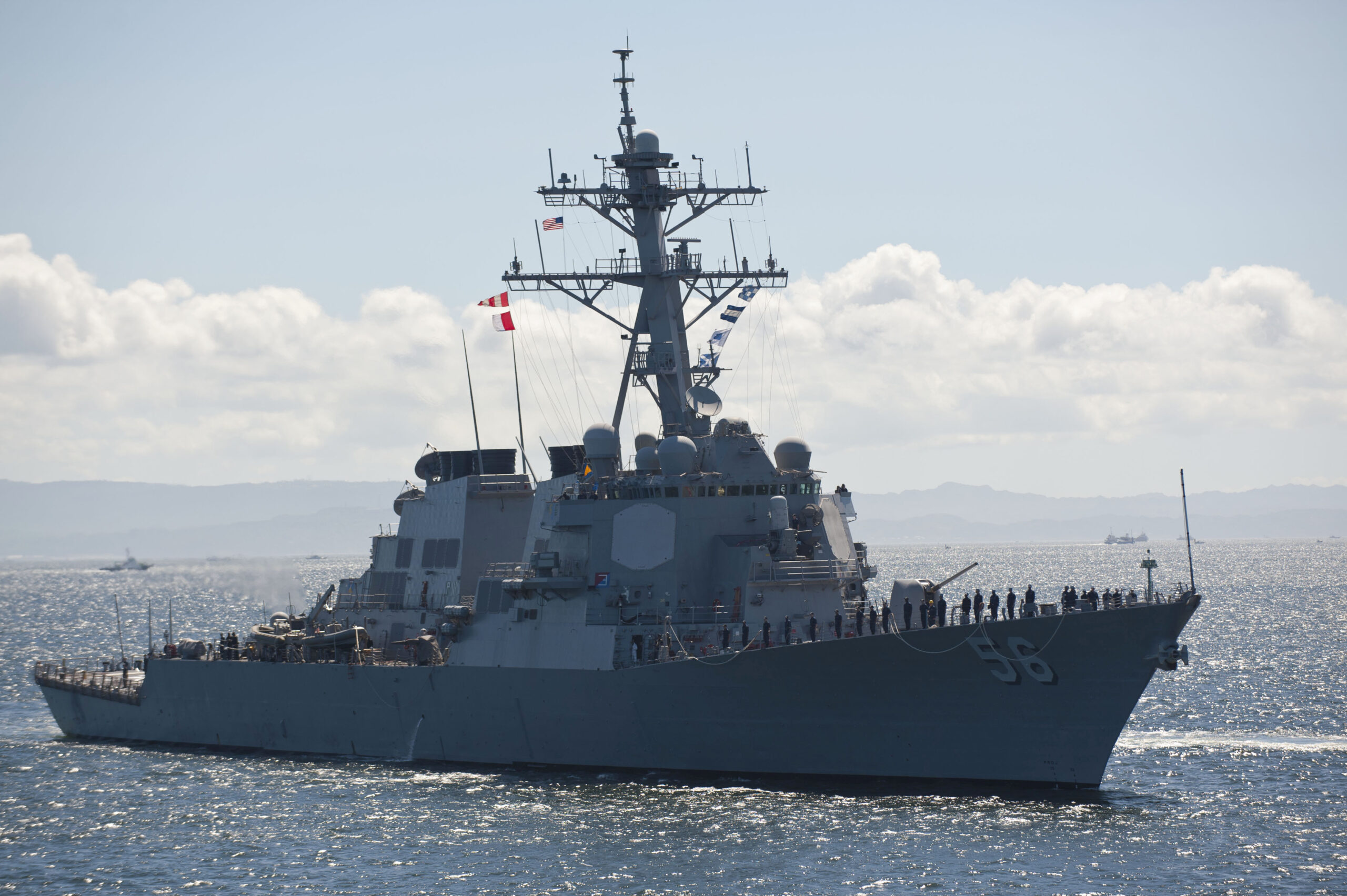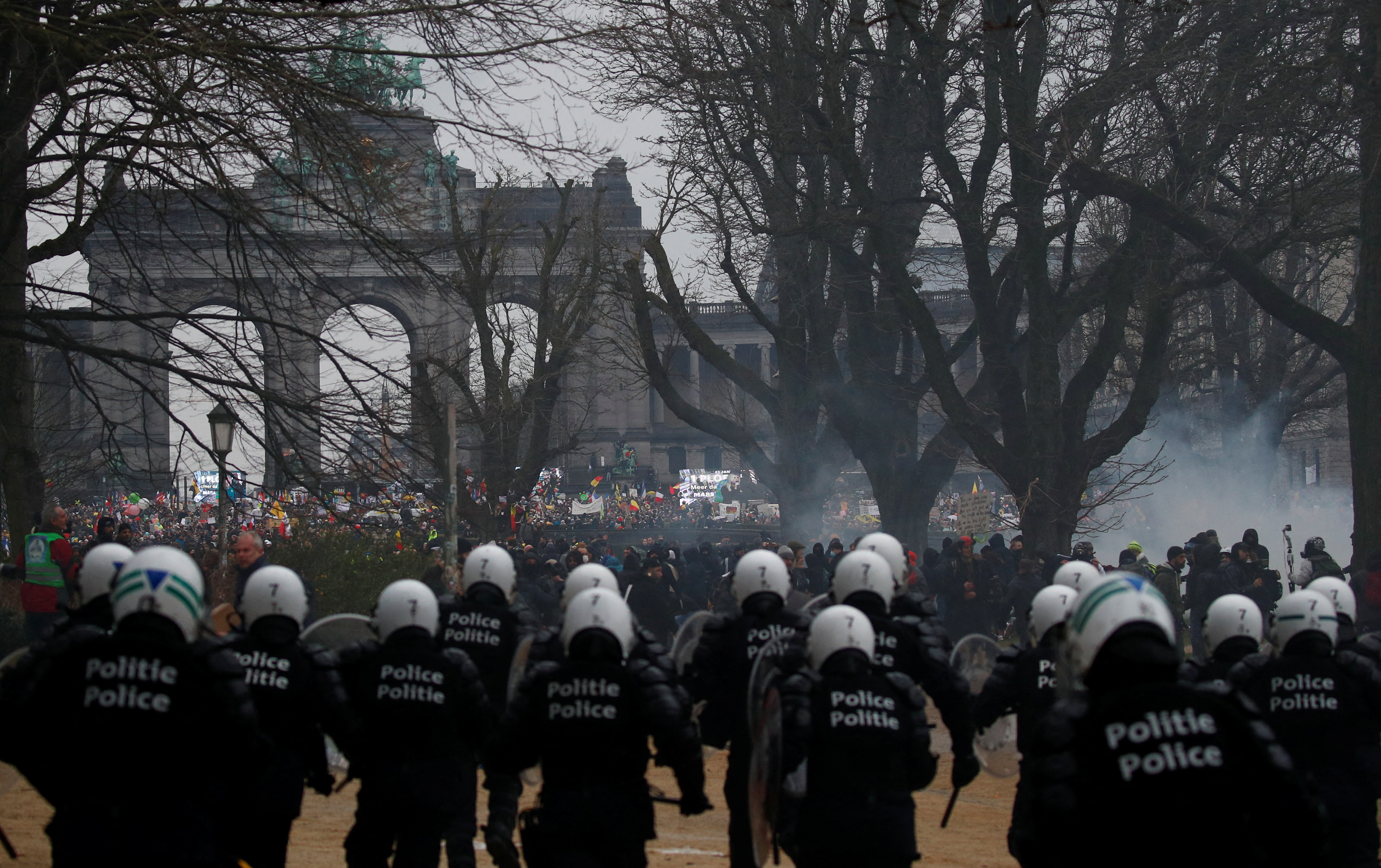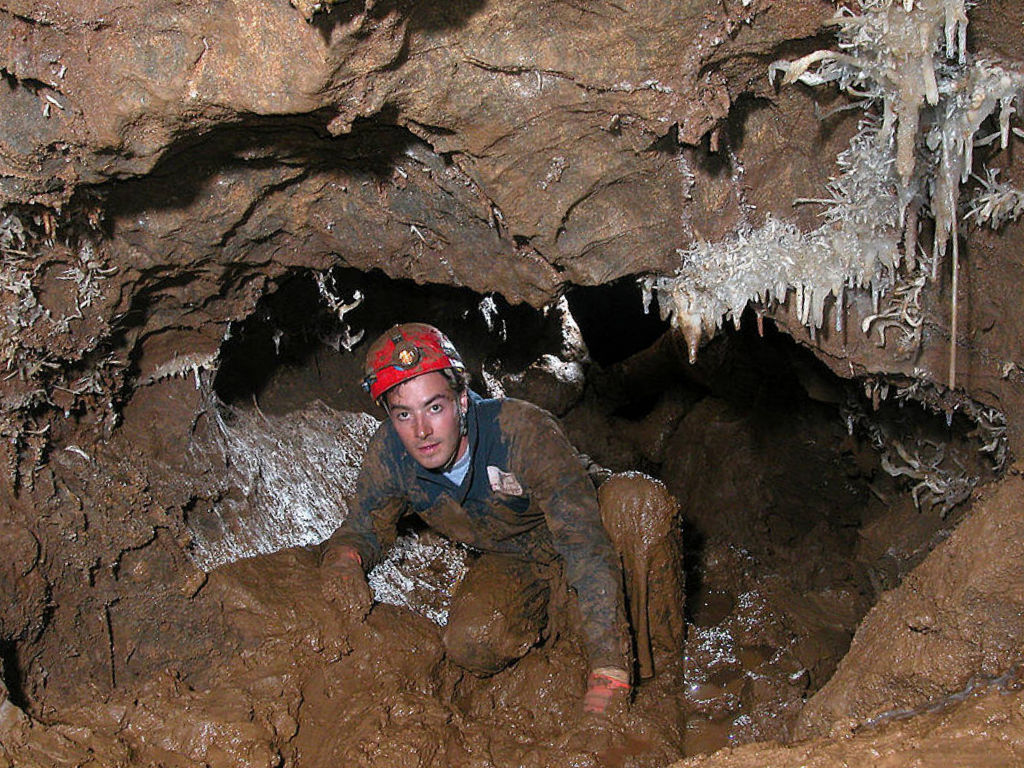THE NATIONAL ARTICLE
REPUBLICAN PEOPLE’S PARTY, COMMUNIST PARTY TO DISCUSS POSSIBLE PARTY MERGER AHEAD OF ELECTIONS
By Radoszlav Slobozhanin | 10 December 2022
The party leadership of both the Republican People’s Party (NRP) and the Communist Party (AKP) are set to hold meetings in Mikhaytov, scheduled for sometime around New Year’s.
The goal of these meetings is to find a middle ground and discuss a possible re-establishment of a common left party in Arcanstotskan politics, something that has not been seen since the 1910s.
History of the Arcanstotskan Left
While early socialist elements were indeed present within the 1848 Revolution, they achieved little traction and were dwarfed by the more influential Republican-Democrats. In 1853, after Sergei Kariyev seized control of the fledgling Republic from the Sobirat, then plagued by severe political infighting, an industrial strike was organized to protest. Kariyev ordered soldiers to break up the strike and the workers were dispersed without bloodshed, though several people were arrested.
It wasn’t until the presidency of Faddei Avandeyev that the Arcanstotskan Left was able to truly blossom. President Avandeyev was not himself a socialist—having run as a candidate for the former Republican-Democratic Party—but his policies allowed for the repressed Arcanstotskan Left to come out into the open once again. His economic deregulation led to numerous issues, ranging from government corruption to horrific working conditions. In 1894, this led to the birth of the Socialist Democratic Labor Party (SDLP) built off of emerging labor unions.
The SDLP gained massive electoral ground in the 1898 elections, denying the Republican-Democrats their former traditional legislative dominance in both houses of the Sobirat. The party pursued economic regulation, empowering worker’s organizations, and pushed for better working conditions and better pay for workers, among many other policies. While these initiatives were widely popular, wealthy industrialists dumped greater and greater amounts of funding into the Republican-Democratic Party to get the opposition back on its feet.
1903 and 1908 saw the SDLP’s support slowly chipped away. Republican-Democrats argued that the SDLP’s policies would surely lead to revolution, chaos, and a betrayal of Arcanstotskan liberal democracy. Thugs were hired to beat up known SDLP supporters and party members. Nationalistic sentiments were also riled up, with rumors spread about how the SDLP supposedly wanted to sell Arcanstotska out to the Norsians.
The 1913 elections stank of corruption as the Republican-Democrats regained their power. Years later, after failed communist uprisings in Grestin were believed to have been sponsored and backed by the SDLP, the party was forcibly removed from the Sobirat and dissolved. The Ulin Scandal led to the Republican-Democrats splitting into the Liberal Democratic (LDP) and Conservative (KP) parties, but the damage to the Left had already been done.
After the defeat of Mintoria in the Central Craviterean War, the ban on leftist political parties was lifted and organized labor began to recover. However, rifts had grown between the various factions of the Arcanstotskan Left—the social democrats with the Social Democratic Party (SDPA), the democratic socialists with the Republican People’s Party, and the communists with the Arcanstotskan Communist Party.
Why Is The Merger Being Discussed?
What’s important to understand is that the merger isn’t totally assured. The purpose of the joint party summit in Mikhaytov is to allow the NRP and AKP to negotiate their differences and hammer out a cohesive platform. There are talks, but there are no promises.
There is a general consensus among NRP and AKP voters that the nation’s current mixed-economic system—even with such measures championed by the Social Democrats as free public healthcare, education, and more—is insufficient, and that the SDPA has failed to champion socialist values and ideals in Arcanstotska.
The SDPA, which held single-party governments in the 1960s, 1970s, and 1980s, lost significant ground to the LDP and KP in the 1990s who both became the dual dominant forces of the Sobirat since. In order to maintain substantial influence on government policy, the shrinking SDPA was forced to work with the Liberal Democrats and Conservatives even as the government engaged in union-busting throughout the 2000s and 2010s, fueled by fears that states such as Cogoria and the former Prydanian syndicalist regime would inspire similar violent extreme-left action against the state.
As a result, the SDPA’s numbers have continued to dwindle among the Arcanstotskan left-of-center. The NRP and AKP have grown, but their divisiveness has weakened the Arcanstotskan Left as a whole.
It is the hope of both the NRP and the AKP that, should common ground be firmly established and a merger realized, the Arcanstotskan Left would finally have a unified voice in the Sobirat that matters.
Where Do The NRP And AKP Disagree?
Both the NRP and the AKP seek to create a unified Arcanstotskan Left to oppose the LDP, KP, and the concerning rise of the far-right DDA. They do, however, have some areas of disagreement.
One instance where this is evident is on the question of how directly involved a socialist Arcanstotskan government ought to be intertwined with labor organizations, even though both parties have thrown their weight behind the empowerment of organized labor. The NRP has long maintained its stance that labor unions ought to maintain a great deal of autonomy alongside the existing state apparatus. The AKP, meanwhile, inspired by policies seen in the Commune of Diyar, have sought to advocate for the reorganization of the Republic along similar lines—replacing the modern Oblasts with highly localized communes. To put it in simple terms, it’s a question of whether to simply work toward a more socialist Republic or replace the Republic with a new socialist state.
Another issue to be resolved is what a theoretically socialist Arcanstotska would do on the international stage—whether it should look inward or stand in solidarity with socialist movements abroad.
The NRP has its stance: a democratic socialist Arcanstotska ought to not stretch itself thin supporting socialism abroad, and instead focus on a “democratic socialism at home” policy. The AKP, however, has been vehement in its opposition to this, advocating for a socialist Arcanstotskan state to stand by the international worker’s movement.
Time will tell if the NRP and AKP can compromise on these issues, and what such a compromise might look like.
Conclusion
The Arcanstotskan Left is on the move, and that much is certainly evident. For the first time since before the FW, there is a possibility that the Left may once again move forward united in action and purpose. But only time can say how this will affect the Republic.













